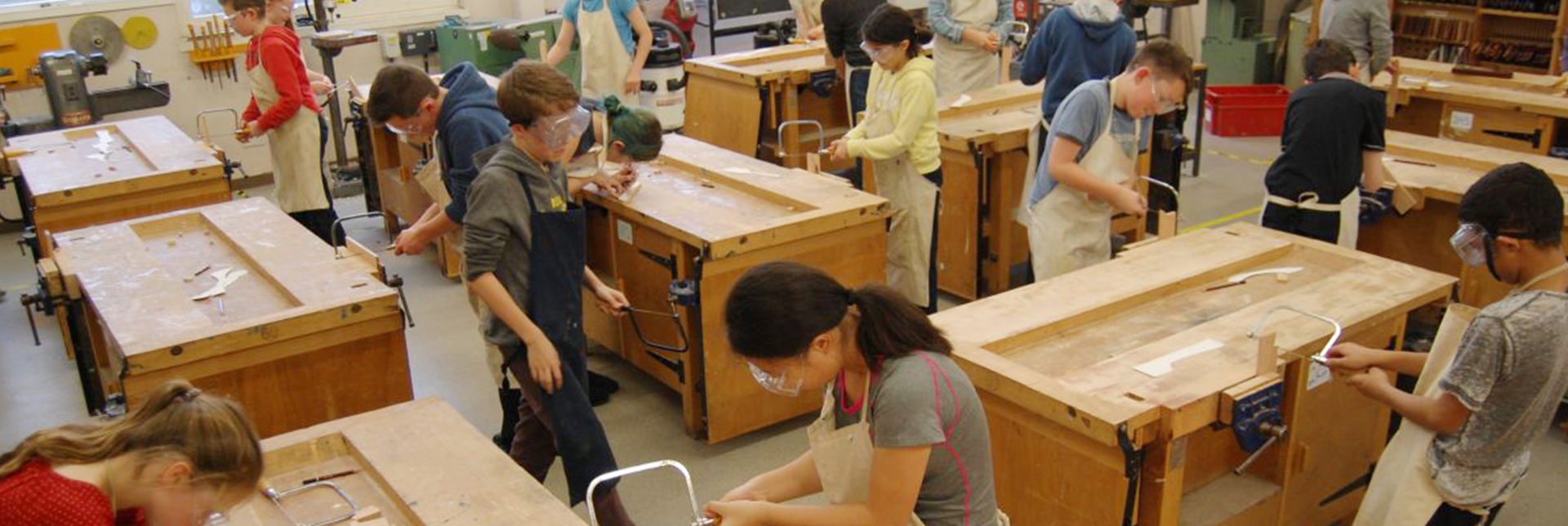THE COST ASSOCIATED WITH THE SUBJECT, COUPLED WITH INCREASING PRESSURE ON EXAM RESULTS AND LEAGUE TABLE PERFORMANCE OF SCHOOLS HAS SEEN D&T BECOME A SECONDARY PRIORITY SUBJECT.
Schools are a vital place of learning and developing new skills that set you up for the rest of your life, often giving children an idea of what they want to do as a career. However, there is a growing concern that design and technology is being overlooked in schools, and we decided to take a look at what this could mean for technical industries in the coming years.
In many of our generations, woodwork, metalwork and other practical crafts in school gave us a first taste of what it was like to create something with our own two hands, no matter how basic the product.
Since then, all of these different crafts have fallen under the umbrella of ‘Design & Technology (D&T)’ as a subject that is being taught in schools across Britain, but in recent years there has been a downturn in the amount of students choosing the subject.
To put it into numbers, in 2000 there were 424,468 entries for GCSE D&T, whereas there were just 185,000 in 2016. That is a huge drop, and one that has technical industries and education boards alarmed.
Andy Mitchell, deputy CEO of The Design and Technology Association, said in a recent interview with the Timber Trade Journal that the figures were alarming.
He said: “Every child should understand about responsible use of materials and the products we consume. It’s about young people developing a wide variety of skills including working with materials such as timber.”
Mitchell goes on to explain how the cost associated with the subject, coupled with increasing pressure on exam results and league table performance of schools has seen D&T become a secondary priority subject.
He hopes that these worrying figures will spur the government into acting, and promoting the subject in schools, before the effects are felt in industries. He said: “Unless they experience working practically with materials at an early stage and are exposed to teachers who understand the career opportunities available as a consequence of studying D&T, it is less likely that sufficient number of them will go on to working in the industries where they are needed.”

